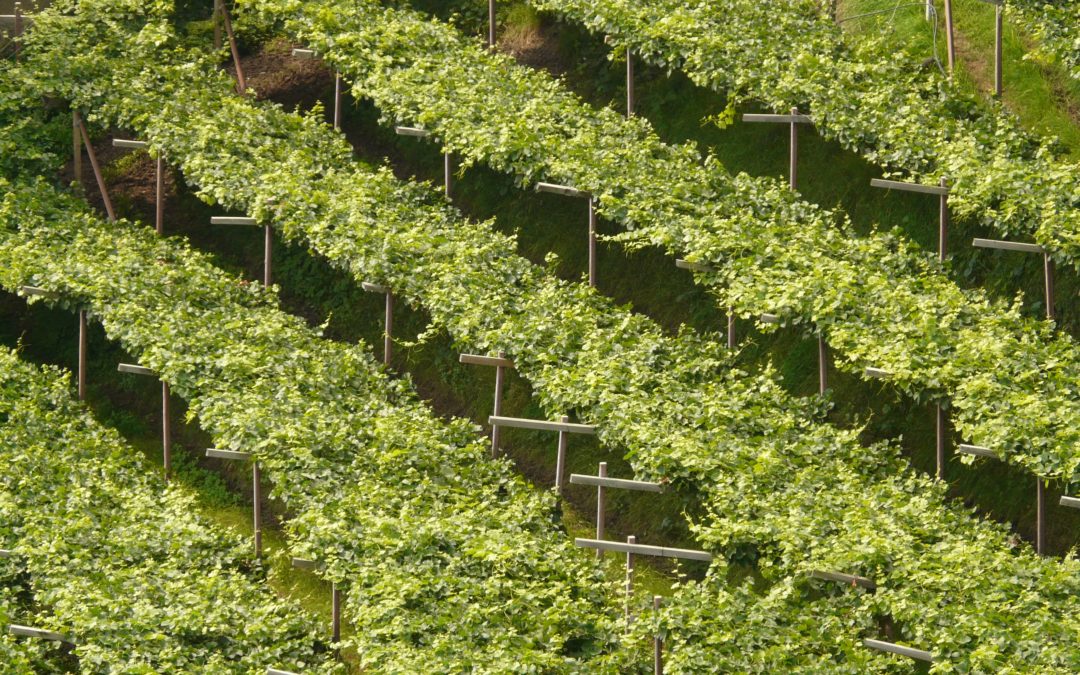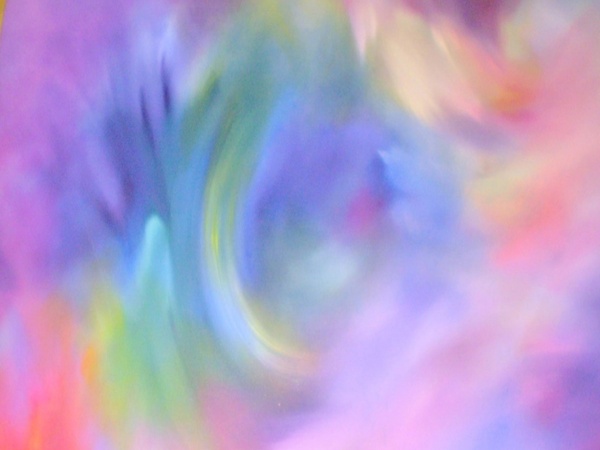
by Lorri | May 30, 2018 | UnCorked
Sangiovese, nebbiolo, barbera and dolcetto are varietals sometimes referred to as the “Italian Mob of wine.” They earned this reputation because of their dominance in the Italian wine industry. You may sometimes find these grapes listed on labels but many times they are identified only by region.
Most may be familiar with sangiovese as the main blending grape in mass-produced Chianti in its iconic fiasco, as the basket-wrapped bottle is known in Italian.
In the past these grapes were grown haphazardly in random vineyards or for a large-scale production with cooperatives. Today, many Italian producers have placed emphasis on growing sangiovese with care, making it brilliantly concentrated with spiced plum, black cherry and an integrated spice. Simply said — a beautiful wine.
Nebbiolo, the famous grape behind Barolo wine, is grown in Italy’s northwest region of Piedmont. When compared to other grapes in this lineup, it is by far the most renowned for making aggressive, highly tannic red wines with alluring aromas and flavors — floral, roasted meats and spice.
Barbera is similar to nebbiolo with less assertive tannins. Many of us love this grape because of its refreshing cherry and raspberry flavors. But as with the other grapes it can also be produced in a serious full-bodied style.
Dolcetto is unlike the others in this lineup of Italian grapes. It generally does not have the potential to age as well as the others. Its light tannin and mellow body makes it uncomplicated compared to sangiovese, barbera and nebbiolo. This is a wine to enjoy for its simplicity and refreshing berry flavors.
THE VALUE
- 2016 Da Vinci Chianti DOCG, Italy (about $12 retail)
THE SPLURGE
- 2016 Banfi Chianti Classico, Italy (about $18 retail)

by Lorri | Apr 5, 2017 | UnCorked
Recently I saw a wine-blending kit that helps consumers blend different varietals to create their own wines. It was being offered as a simple process. Implying that if you have a merlot, cabernet sauvignon and a few other varieties you can mix them together and, I guess, just stir.
But there are those who have attempted this process, including me, who might agree that blending wine is something best left to professionals. Still, the question of whether blended wines are of lesser quality continues to be one that I am often asked. It’s a topic that is becoming more relevant because consumers seem to have a tendency to shy away from blends.
Blending is when a winemaker combines different “lots” or batches of wine from the cellar to create the final wine that ends up in bottles. Most winemakers have a vision of the flavor and style they want to create even before the grapes are harvested. Many winemakers find blends interesting and exciting to create, while for others a blend may be created out of necessity or because a grape is in short supply due to growing conditions.
In the United States, to qualify as a single varietal wine the product must contain at least 75 percent of one type of grape. There are very few grape varieties that are able to stand on their own. White wines are generally from a single grape variety, but there are exceptions. Even wines with simple flavor profiles can include a minuscule percentage of another grape to change or enhance the finishing style.
Blended wines are some of the most sought in the world: red Bordeaux is generally cabernet sauvignon, merlot, cabernet franc and petit verdot. For Champagne, one of the most complex blending processes is generally pinot noir, pinot meunier and chardonnay. Chianti has traditionally been a blend but today we see more and more use of a single grape sangiovese. But those most likely never to be blends are red Burgundy (pinot noir) and white Burgundy (chardonnay.)
Blending is a pragmatic operation and winemakers like to retain an element of flexibility. The goal, however, is the same — to make the best possible wine each year.
THE VALUE
- 2014 Apothic White Blend, California (about $13 retail)
THE SPLURGE
- 2013 Spann Classic 4 Red Blend, California (about $27 retail)

